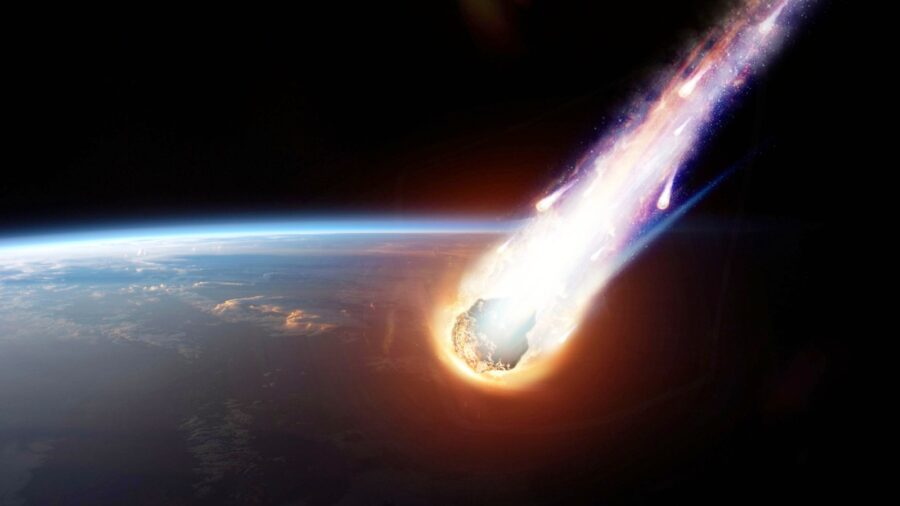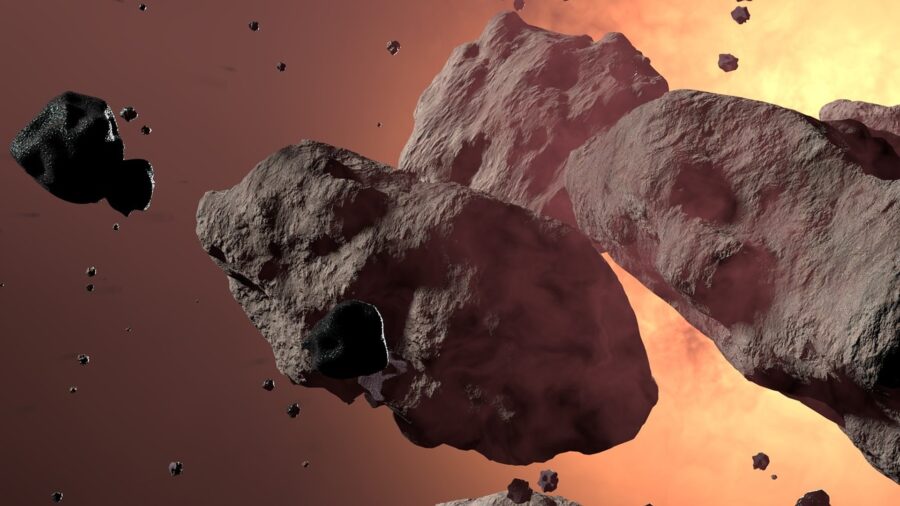Asteroid Belt Reveals Water Vapor For First Time In History, Is There Life?
Water vapor was discovered on a massive comet in our solar system's asteroid belt.

As humanity continues to explore the vast reaches of space through new developmental technology, one key item has been on the mind of every NASA scientist studying the stars. Locating water seems to be one of the most important keys for unlocking mysteries of the unknown in outer space, with new discoveries being made every day such as clouds of precipitation hanging in the emptiness of space, as well as rivers flowing on Mars. According to a recent write-up in Science Alert, astronomers have made history by locating the first-ever trace of water vapor within our solar system’s asteroid belt, leaving many to wonder if the H2O could contain signs of early life.
Apparently the source of the vapor has been recognized as a comet referred to as Comet 238P/Read, which ejects water as its proximity to the sun increases, cooling the internal ice into vapor within the asteroid belt. Using the James Webb Space Telescope to identify the evidence of gaseous water molecules, a team led by Henry Hsieh of the Planetary Science Institute determined that the existence of the H2O could possibly support life, much like the early comets which brought the first living organisms to Earth in the form of single-celled microbes billions of years ago, according to the leading scientific theory. Of course, it’s far too early to tell if life could be supported by the conditions of comets within the asteroid belt, and it would be nearly impossible to conduct a hands-on study.

Still, the James Webb Space Telescope has been responsible for many incredible scientific breakthroughs in recent years previously thought impossible to the scientific community. With technology increasing at exponential rates in our digital age, perhaps we will soon develop a safe and cautious ability to produce hands-on studies using materials gathered from the distant expanse of space. Additionally, the asteroid belt is far closer to our little blue marble than other known locations of water in space such as the Oort Cloud or the Kuiper Belt, so an upcoming expedition may not be completely out of the realm of possibility.
The discovery of water vapor molecules within the asteroid belt marks the first of its kind, with other examples of such data reflecting cooler conditions found much further from our solar system’s sun. With more comets containing water vapor available to study, this could even answer some questions regarding the origins of life on Earth, even prompting some NASA scientists to wonder if the same microbes which acted as the seedlings for planetary life could have spread to other planets and evolved differently from our own.
Furthermore, water can be utilized in space as a key component in producing fuel, making interstellar travel possible via repurposing intergalactic H2O as a series of makeshift gas stations, provided the water contains no building blocks for intelligent life.
No matter what discoveries are made next, the discovery of the existence of water vapor within the asteroid belt is a landmark moment in science history, allowing humanity to further probe into the esoteric concepts of life and the interwoven designs of the distant universe. While we may not have all the answers just yet, plenty more information is soon to come.











